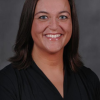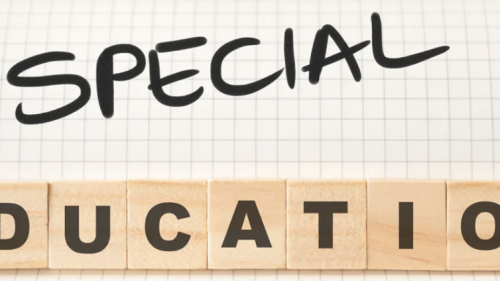The start of a new school year is always a moment of both excitement and anxiety. The quiet hum of freshly waxed hallways, the anticipation of meeting a new group of students, and the scent of dry-erase markers mark the return to the classroom. But alongside these rituals are the very real pressures educators face, such as new curriculum mandates, shifting expectations, and the ever-present desire to make a lasting impact.
Beginning with Purpose: Practical Tips for a New School Year
Whether you’re entering your first year in the classroom or returning as a seasoned educator, the beginning of the school year is a powerful opportunity to establish the tone, routines, and relationships that will carry you and your students through the months ahead. It’s not about perfection, it’s about purpose. Below, we explore practical ways to begin the year with intention, connection, and a commitment to your own growth as a professional.
1. Reset Your Mindset: Begin with Purpose and Presence
Before setting up bulletin boards or diving into lesson planning, take a quiet moment to reflect on why you chose this profession in the first place.
- It’s easy to lose sight of the bigger picture: your “why.” Why do you teach? What values do you want to model for your students this year? What do you hope your students will take with them long after they leave your class?
Beginning with these kinds of reflective questions can help ground your practice in meaning. It can also provide clarity for setting goals. Consider identifying one professional and one personal goal for yourself this school year. For example, you might commit to integrating more student voice into your teaching, finding time each week to disconnect from work and recharge, or taking a Kent State University Credit Workshop to expand your personal interests.
2. Refresh Your Classroom Space
Your classroom is more than a physical space; it’s the first impression students receive about who you are and how they will feel under your guidance. And while not every teacher has access to Pinterest-worthy décor or unlimited resources, thoughtful design choices can go a long way in making students feel welcomed and included.
- Think about whether your room reflects your students’ diverse identities. Is your classroom accessible to all learners, physically and emotionally? Are there spaces that invite collaboration, creativity, and calm?
- Declutter your classroom. A tidy, well-organized space benefits both you and your students.
- Consider creating small moments of connection within your space, such as a bulletin board for student contributions, a shelf of books that reflect different voices and perspectives, or even a reflection station where students can pause and gather their thoughts.
When students walk into a room that was clearly prepared with their needs and experiences in mind, they’re more likely to feel like they belong.
3. Build Relationships Before You Dive Into Content
In the first days of school, building relationships is essential. Students are more likely to engage with content, take academic risks, and develop resilience when they feel seen and valued by the adults in the room.
- Start by learning students’ names quickly and using them consistently.
- Offer structured opportunities to get to know your students as individuals. Activities like personal interest inventories, identity collages, or student-led introductions can provide valuable insight into who your students are and how they learn best.
- Initiate positive contact with families. A short phone call, note, or email home that highlights something positive about a student can establish trust and partnership early on.
Above all, make it clear that your classroom is a space for respect, belonging, and mutual care. These human connections will form the foundation on which academic success is built.
4. Reimagine Your Growth: Why Continued Professional Development Matters
It’s easy to put your own growth on the back burner once the school year begins. But the most effective educators are those who see themselves as lifelong learners. Professional development is not just a requirement; it’s an opportunity to rejuvenate your practice, explore new strategies, and stay connected to a broader professional community.
Whether you’re exploring ways to implement restorative practices, integrate technology, or expand your leadership skills, the right professional learning experience can transform your classroom and reignite your passion for teaching.
Explore Kent State University’s Credit Workshops for Educators
One exceptional option for continuing your professional development is through Kent State University’s Credit Workshops. These workshops are thoughtfully designed for educators who want practical, research-based tools they can apply immediately in their classrooms.
Kent State’s workshops offer:
- Flexible online, asynchronous format
- Topics ranging from trauma-informed teaching to instructional technology
- Affordable, credit-bearing options that support licensure renewal and salary advancement
These workshops allow you to invest in your growth without overloading your schedule. And because they’re led by experienced faculty and practitioners, you’ll walk away with tools you can implement the very next day.
If you’re looking for relevant, flexible, and actionable PD, Kent State’s offerings are well worth exploring. To browse current and upcoming sessions, visit www.kent.edu/creditworkshops.
Final Thoughts: Stay strong. Stay curious.
At the end of the day, what matters most is not a flawless lesson plan or the perfect classroom setup. It’s your ability to show up with intention, connect with your students, and remain open to your own continued growth.
This school year offers a new beginning, and with it, the chance to reset old patterns, refresh your vision, and reimagine what’s possible for yourself and your students. Don’t aim for perfection. Aim for progress, authenticity, and care.
You’ve got this.








